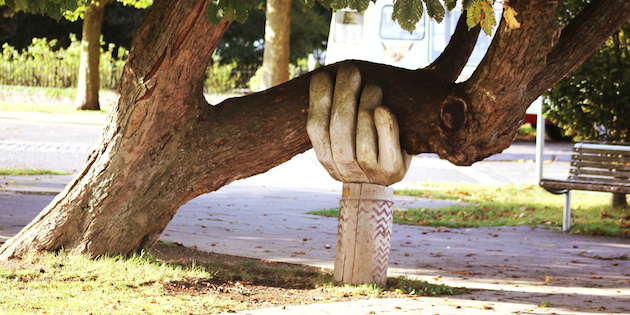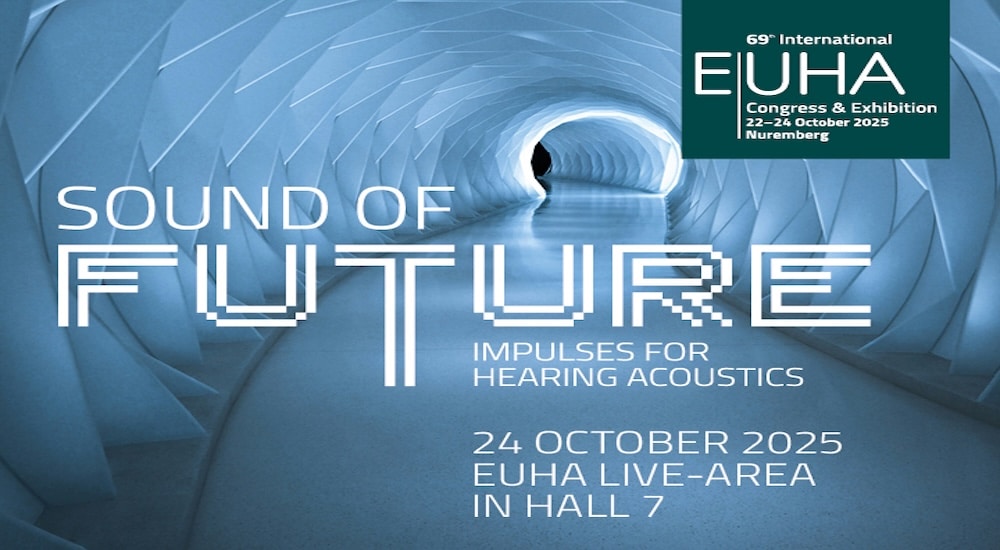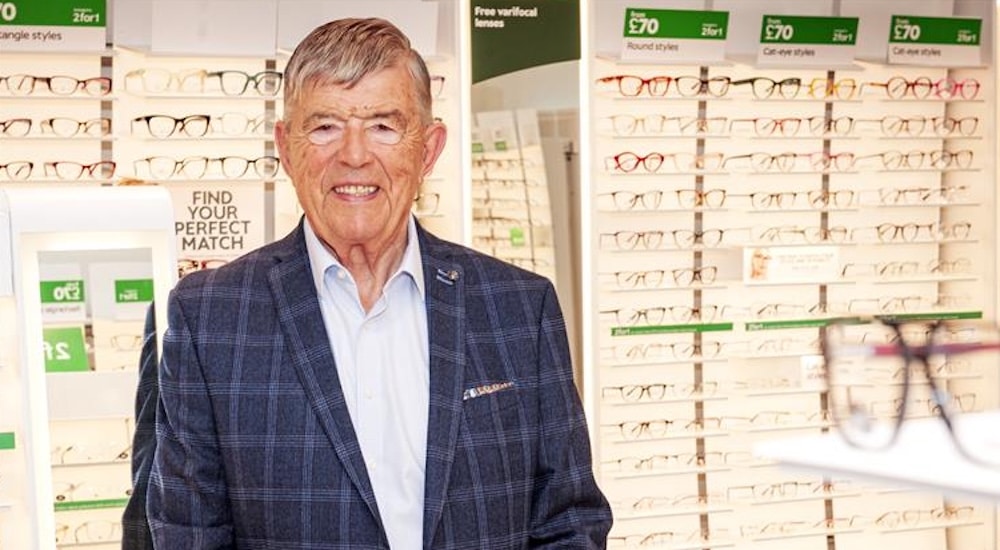Remote support: is it here to stay?
teleaudiology
Is our technology up to the challenge? Has Covid19 simply accelerated the inevitable? And will remote support improve the service we offer to patients?

The British Irish Hearing Instrument Manufacturers Association (BIHIMA) interviewed one of its members, Angela Pelosi, Global Director of Audiology at Phonak, on the hot topic of remote support, a technology innovation now indispensable across healthcare services.
BIHIMA: From a manufacturer’s perspective, what has been your experience of the impact of coronavirus on the industry?
Angela Pelosi: Pre-Covid, many healthcare services had incorporated remote technology but it was not yet integrated into routine hearing care. Covid accelerated the need to deliver healthcare digitally. In terms of our company’s response to the pandemic, we’ve had remote support at Phonak since 2018, but we needed to broaden that offering fast, by accelerating the delivery of new e-solutions and web-based services.
BIHIMA: Was the need for speed a major challenge?
AP: When Covid first arrived, we immediately understood from hearing care professionals that they needed to provide audiology services safely to their patients. This included strong safety measures and PPE for patients still coming into the clinic, but also a means to be able to provide many of the in-clinic appointments remotely. We had to respond rapidly to this new request, and deliver solutions, as well as tools and resources quickly. It was thanks to the fact that we had a solid solution for remote support already, that we could react so fast. What would normally take 12 months to deliver in terms of development, testing, educational tools and training was delivered in eight weeks. That’s where you see the advantage of building on technology development, constantly innovating to improve.
BIHIMA: What were the barriers you faced in developing advanced remote support?
AP: Some of the questions we got from health care professionals were: How do I use it? How do I bill for that? How do I set up an appointment virtually? How do I schedule? How much time do we need? So for us, developing best practices on how to incorporate the technology was essential, to ensure audiologists could do any step of the patient journey digitally while still providing high quality care.
When doing a remote fitting there are definitely issues to consider, such as what size tube and receiver do you select for the patient? How do you choose that if you’re not in the clinic? All the digital online tools we developed needed to ensure hearing care professionals could provide a seamless high-quality experience for their patients.
Some barriers are out of our control. The wireless connection between the audiologist and the patient – the unpredictability of the internet offering – is definitely a barrier to uptake. Also, finding the right consumer to offer this to can be a challenge. Some just really want to come in for a face-to-face appointment, they love that personal contact. So we needed to be able to offer individualised care; adapting each part of the journey to what each patient needs and wants.
BIHIMA: What would you say the benefits of remote support are?
AP: During Covid, ensuring patients—especially elderly ones—could remain safely at home whilst receiving hearing care has been the primary reason remote support has advanced. But there are so many other benefits to the service. The fact that you can adjust a hearing aid in a real time environment is key. You can achieve better outcomes for patients than you would in a clinic setting. Audiologists worry about the inability to build a personal relationship, but published data shows that there is an equivalent and sometimes higher satisfaction level for those patients who get real-time adjustments.
Remote support also gives hearing care professionals a way to check in more frequently with their patients, especially in those first days and weeks of hearing instrument use. Providing this timely counselling on use and management can improve hearing instrument engagement and success.
Another group that has been shown to benefit from remote support appointments are teenagers. In a recent study in the UK, they found that 89% of teens would prefer having audiology appointments via remote support than travelling to see their hearing care professional.
BIHIMA: What are your thoughts on online/distance products, as we’re seeing with OTC in the US? Does the rise in remote support demonstrate a move in this direction? What are your thoughts on the role of audiologists in this scenario?
AP: From a personal perspective, I think that over-the-counter (OTC) products will just increase the number of consumers who are wearing hearing technology. There are a huge number of those that will always want personalised care, and need support in selecting, fitting and using hearing instruments. So OTC might fulfil the needs of a certain group, perhaps those at an earlier stage of needing care, who don’t currently do anything at all. If even a small percentage start their journey into seeking a solution for their hearing loss by using OTC products, as it deteriorates, they will need more advanced functionalities and personalised services, which can only be provided by a hearing care professional.
I actually believe remote support offers businesses an opportunity to differentiate themselves, offering increasingly personalised services that help achieve the best outcomes. When remote support is incorporated into a framework like the Phonak BRIDGE (Blended Real-time Interactions and Digital-Guided Experiences) it positions businesses even more strongly amongst consumers by giving that all-important individualised personalised care.
BIHIMA: Has Covid19 accelerated the trend of remote support for the long term? Is it here to stay?
AP: Covid has definitely accelerated the adoption of this remote service long term. When the pandemic hit, we observed a large growth in the number of online screening assessments. But there’s still a long way to go to get healthcare professionals to incorporate it into their daily practice. Some have fully incorporated it as part of their service delivery, and this is where the opportunity really lies.
When Covid is over and we are once again in a position to be able to choose between remote and face-to-face sessions, the key will be identifying which services should be done remotely. When it comes to the initial assessment, you can’t ever fully replace face-to-face diagnostics. That is the gold standard of audiology. So wherever possible, you want the patient in clinic for the full initial assessment. But the follow-on appointments after that can definitely be switched to remote, particularly if some later elements are pulled into the initial face-to-face assessment.
We know that the prevalence of hearing loss is increasing year on year, and that the impact of hearing loss can affect people’s social interactions and overall quality of life. There are so many people out there with untreated hearing loss, so if we can make hearing services more convenient, and break down barriers to accessing care we can help more people start their hearing journey sooner. We strongly believe hearing well is vital to healthy living and well-being. Remote support and digital hearing services have a complementary role to play in helping people truly live a life without limitations.
Source: Audio Infos issue 141 March-April 2021




